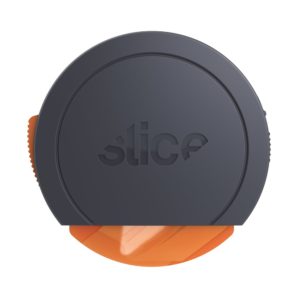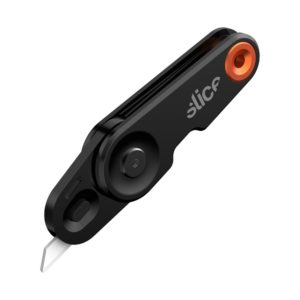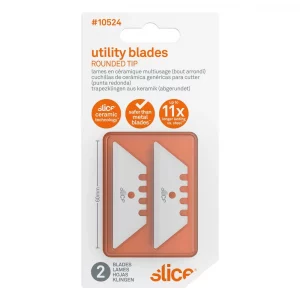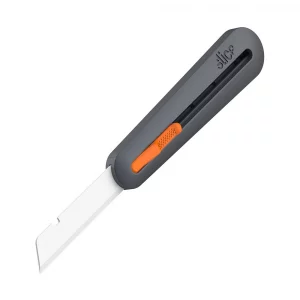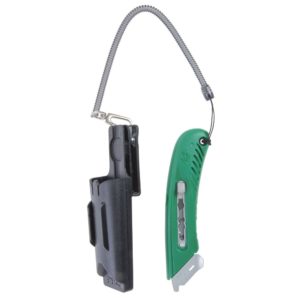Amazon shipped over 50 million items on Cyber Monday. On 11.11.2020, Alibaba sent over 2.8 billion parcels. That’s a ton of boxes. The cardboard box was invented in 1817 by M.Treverton & Son Co. Today, we produce four hundred billion square feet of cardboard each year.
What is the history of cardboard boxes? Paperboard boxes are the precursor cardboard; they were flimsy but good enough for 1817. Until a German inventor thought to sandwich a corrugated inner medium in between two pieces of paperboard. Manufacturers then got better at producing them, and companies found uses.
Kellogs popularized the use of paperboard boxes in 1840; they have been a stable of modern society.
The term cardboard refers to heavy-duty paperboard. First patented in 1856, the board can be made of paper or paper-like materials. By 1890 companies began producing pre-cut cardboard that could be folded into boxes. By 1895 the first cardboard manufacturing facility emerged in the United States. And eight years later, UPS was founded as the American Messenger Company focused on delivering packages.
What came before corrugated paper?
Wooden crates and other wooden materials used the function of cardboard. The Han Dynasty in China would lay out the bark of Mulberry trees to dry and then use these sheets to preserve food. These sheets of wood inspired modern paper, as the Han Dynasty is also credited with inventing such form. This ancient cardboard was used as a material to print on, as it was unsupportive for shipping and transport.
It wasn’t until the 19th century that the full use of cardboard became apparent as reinforced corrugated paper sheets increased the strength of cardboard sheets. Mass-produced cardboard was first used for consumer goods like cigarettes, cosmetics, and biscuits. With an addition of a wax lining, paperboard becomes effective at preserving dry foods like crackers and pasta. From here, the sales of cardboard exploded.
Manufacturing Cardboard Boxes
Before cardboard, wooden crates held materials for shipping. Wooden boxes were sturdy but heavy, making them an added expense as the wooden crates weighed down the boats and trucks that moved them.
Today, cardboard is the simplest way to move things from point A to point B. 93% of all cardboard boxes used in the United States are manufactured there.
The corrugated paper used in manufacturing cardboard boxes was first patented in 1856 by Albert Jones in New York. But it wasn’t until the late 19th century that boxes were used for shipping. And the packing and shipping industry took off in 1890 when pre-cut packages began being manufactured on a large scale.
By 1893 machines were making thousands of boxes per minute. Nowadays, manufacturers pump out over 400 billion cubic feet of cardboard annually. Cheap packaging led to demand for packaging carriers like UPS.
As you can see, the board sandwiches a corrugated inner medium between two sheets of paper liner. An adhesive binds everything together. The corrugated internal medium is sometimes called a fluting.
Cardboard boxes must be rugged, and the degree to which they can handle weight depends on the structure. The fluting can change to create more rugged designs. The arches in the fluting add structure and act as an insulator, meaning boxes won’t melt when left on a sidewalk in summer.
History of Boxes – Production & Recycling
Of the 100 billion cardboard boxes used in the United States each year, many boxes are recycled. You can read more about the recycling of cardboard boxes and waste in this article by the NY Times, which did an excellent deep dive into the history of packages and the waste that comes from them.
- Recycled boxes use 30% less energy than normal manufacturing.
- Recycled boxes produce 50% less sulfur dioxide.
- Cardboard is the most recycled packaging type in the world.
- Most cardboard boxes are already made from 75% recycled material.
- It takes 14 days for an old box to become a new box.
- The same size today is 25% lighter than it was in the year 2000.
- Recovering paper and cardboard has saved over a billion cubic yards of landfill space since 1993.
- Recycling one ton of boxes saves 46 gallons of oil, 17 trees, and 7000 gallons of water.
21st Century Cardboard Production Stagnates
Shockingly, with the growth of e-commerce and the onslaught of mail traveling, box production has not dramatically increased. That’s good for the environment and consumers who end up paying packing and shipping costs. The modern history of boxes is about doing more with less and recycling more.
Since consumers care about waste and recycling, businesses have adapted. Product designers work to reduce the packaging of their products, managers work to reduce spending money on excess boxes, and warehouse managers try to ship things in the least number of packages possible.
A manufacturer may use reusable packaging for transport, shipping, or other moves to eliminate cardboard altogether. At Costco or other big box retailers, you may have noticed that pallets of products now don’t have any boxes but instead have products shrink-wrapped together. These decisions reduce cardboard waste.
Still, over half of all cardboard use has nothing to do with e-commerce and is dominated by agriculture. And there’s no end in sight as no alternative packaging material has been invented that competes on the cost, scale, and effectiveness of corrugated paper cardboard boxes.
Who knew the history of boxes was so fascinating? And if you didn’t find this interesting, that’s alright too. We hope you take a second look next time that box lands on your doorstep and wonder about the lifecycle of that box. Be sure to recycle any package you get!

